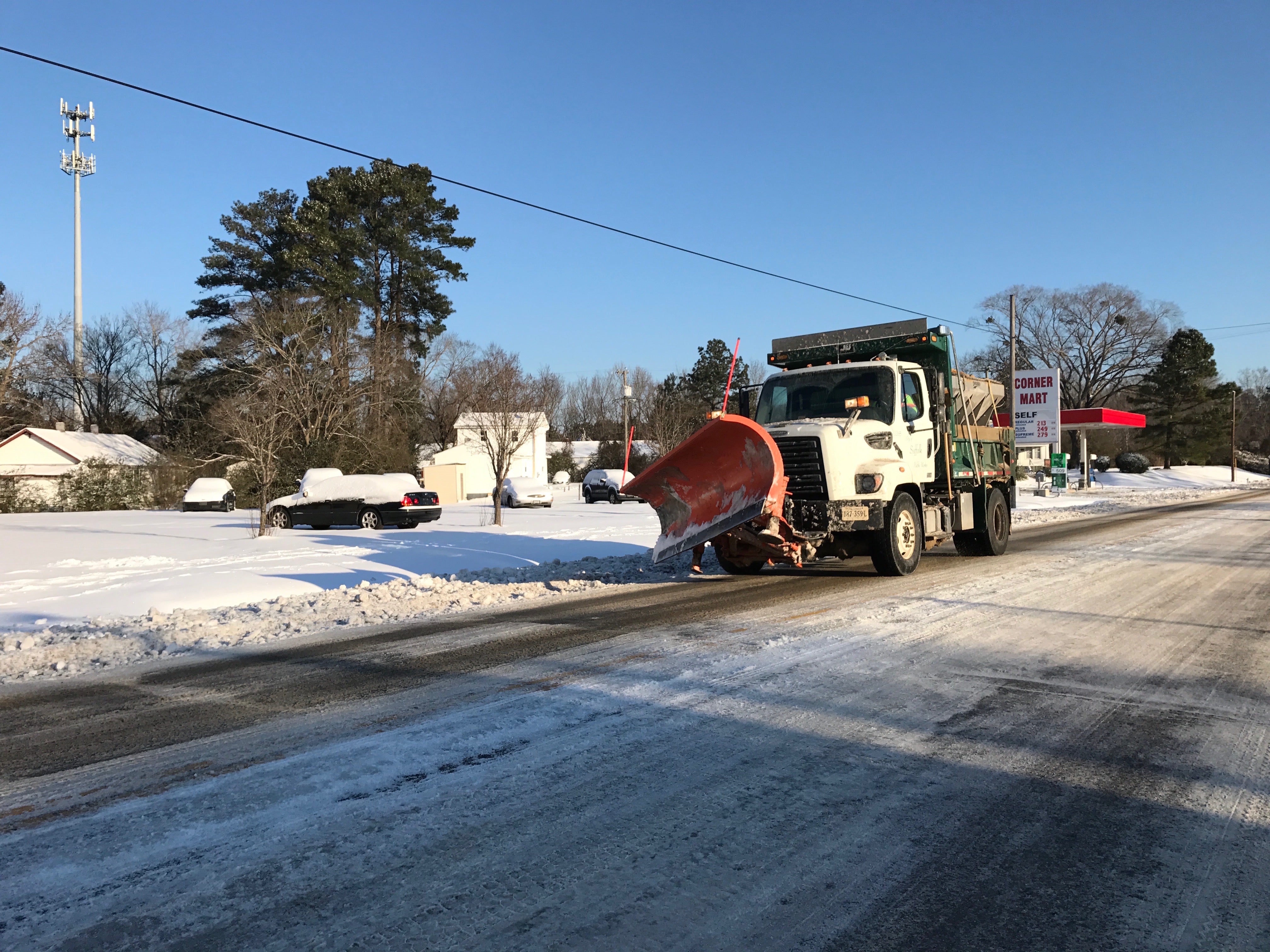The Beach at Slapton Sands – Part III
Published 12:00 am Sunday, April 11, 2004
It was not until the autumn 1944 that the families of South Hams returned to what was left of their homes – though some of them were so settled in their new homes they never returned. In the villages there was a general air of emptiness and desolation and a dis-heartening amount of damage – shell holes in the walls, craters in gardens and farmland, slate roofs blown off, caved in roofs, spattered holes from machine gun bullets, and broken glass everywhere. Six villages had been destroyed.
Many doors had been removed from houses to be used as firewood – but the leafless, twisted trees, subsequently felled, could not even fulfill that role as they were peppered with shrapnel. Gardens and farmland were strewn with hand grenades and mortar shells. And it was some time before electricity and water supplies returned to normal. Some of the churches, which had been carefully sandbagged and secured at the departure, were badly damaged and needed repairs. Churches at Strete, East Allington and Sherford were virtually untouched – even though other buildings in Strete had been wiped out with bombs. Slapton’s church wall had been blown out and Stokenham had a holed roof and much damage to stained glass. But Blackawton was one of the worst casualties, defaced not entirely by shells, but by vandals.
Local vandals had smashed all the glass, dismantled organ pipes, and strewn about prayer books. There was also a plague of rats running about the villages. The problem was that the authorities had replaced missing glass panes with putty mixed with fish oil, which rats found delicious. There were plenty of rats and rabbits but no birds. &uot;It’s a bit eerie to come back and there’s no one else there, but we were soon followed by others.&uot; All the barns, outbuildings, and even the pigsties were demolished. Thieves, masquerading as repairmen, had scoured the villages looking for things like copper boilers, ripping them out and causing even more destruction.
The authorities repaired destroyed homes though some residents complained that the materials used would not last long. &uot;We got compensation and they paid us very well – not the British but the Americans who gave us one-and-a-half times what we could have got out of the farms for a year.&uot; Gradually, the villages came to life again and a vast clearing, cleaning and scrubbing operation was joyfully shared. Donors and the Canadian Red Cross replaced missing items. By fall there was plenty of corn and enough long grass for hay. Little by little sheep and cows returned to pastures, and house pets adopted. &uot;We all knew the trauma and upheaval was worthwhile, and even today look upon this time with pride, having done our bit to help the war effort. It was an experience no one in the future would have. It just wouldn’t happen again.&uot;
I have been back to those villages three times; they are charming, looking as though the evacuation and destruction had never happened. All through South Hams the people are friendly, especially so when they realize you are an American.
Whenever I would tell a pub owner I was there during those times I would be treated as an old friend even though they were so young they could only have heard about it. I always stop to read the words on the memorial erected by America, honoring those villagers. True, many Americans died on those beaches, but more would have if not for the opportunity to practice landings.
Robert Pocklington is a resident of Suffolk and a regular News-Herald columnist. He can be contacted via e-mail: robert.pocklington@suffolknewsherald.com.



